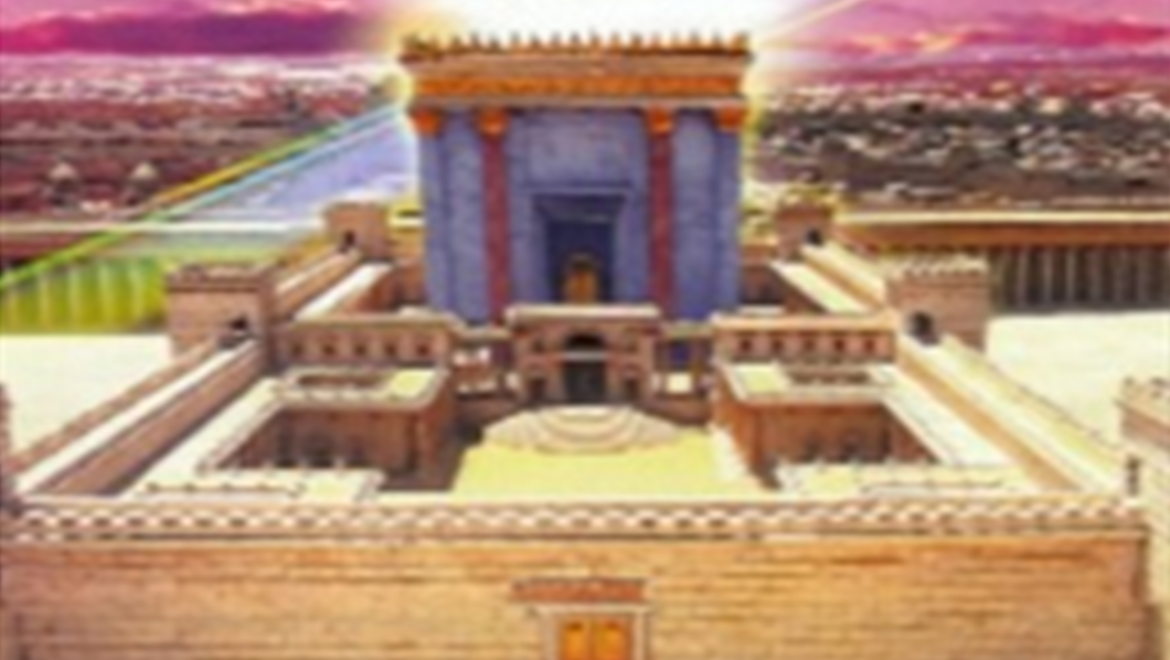
This article from ReformJudaism.org presents the historical development of the focus and rituals of Yom Kippur, from its biblical origins as a day centered on the Temple services to a day focussing on atonement, prayer, fasting and self-purification following the destruction of the Temple. The article also mentions the Yom Kippur War between Israel and Egypt and Syria in 1973.
Yom Kippur History
Yom Kippur, which dates from biblical times, is referenced in three separate passages in the Torah. The Torah refers to Yom Kippur as Shabbat Shabbaton, “a Sabbath of complete rest,” while the Talmud denotes Yom Kippur simply as Yoma, “The Day.”
The Torah portrays Yom Kippur primarily as a cultic festival, a day centered almost exclusively upon the Temple in Jerusalem. It was on this day that the kohen gadol, the high priest, performed the complicated rituals and sacrifices that purified the Temple from the defilement that had attached to it as a result of the sins of the Israelite people. This defilement had caused God’s presence to depart from their midst. There also was another aspect to the day: atonement, the spiritual cleansing of the people themselves. Their role was to serve as an attentive and expectant audience outside the Temple precincts, awaiting the hoped-for successful outcome of the high priest’s service. Their role, according to the Torah, was to abstain from work and to practice “self-denial.” Our tradition has defined “self-denial” as inuyim (afflictions): fasting and refraining from certain other activities that satisfy our physical needs.
With the Temple’s destruction, the second aspect of Yom Kippur, focused on atonement, came to predominate. The atonement we now perform is turned inward; it is an act of self-purification in which we purge our own lives from the stain of our misdeeds. Like the Israelites during the Temple period, we continue to fast, understanding this self-denial as a cleansing of our soul, an act of self-discipline, and a sign that on this day we rise above our most basic biological necessities to focus our attention on matters of the spirit.
Our prayers traditionally last all day, as did the service of the high priest. We recall the priest’s service in poetic form, and the recitation of N’ilah (closing) at the conclusion of Yom Kippur hearkens back to the time when the “closing of the gates” was a feature of the Temple’s everyday ritual. Finally, the drama of the ancient sacrifice has become an internal drama, which we experience as a grand spiritual and emotional sweep that us from the haunting melody of Kol Nidre, through the recitation of the prayers, selichot (poems of supplication and forgiveness) and viduyim (confessions of sin), culminating in N’ilah, when we stand one last time before God in the fading moments of the year’s holiest day.
On Yom Kippur in 1973, Egypt and Syria orchestrated a surprise attack against Israel. Although the Israeli army was outnumbered severely by the oncoming troops, the Israeli troops successfully fended off their attackers. Two weeks later, the United Nations Security Council called for a cease fire. Five years later, in September 1978, Muhammad Anwar al-Sadat, president of the Arab Republic of Egypt, and Menachem Begin, prime minister of Israel, met with Jimmy Carter, then-president of the United States, at Camp David and forged a policy for establishing peace in the Middle East. Although Israel continues to pursue peace with her neighbors today, the efforts of those leaders to reconcile and move forward is a model from which we all can learn, and exemplifies well the spirit of the High Holidays.


